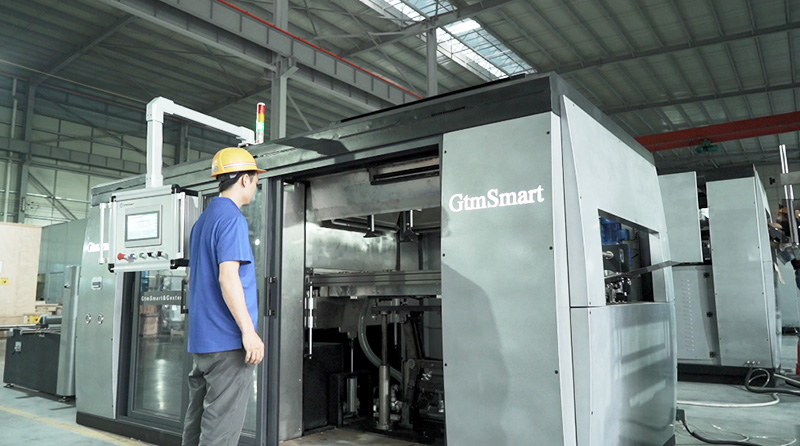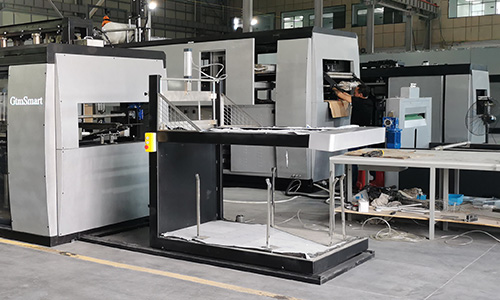What is the Working Principles of the Egg Tray Vacuum Forming Machine
Introduction
Egg packaging has come a long way in terms of innovation and sustainability. One of the most significant advancements in this industry is theEgg Tray Vacuum Forming Machine. In this article, we will delve into the intricate details of how this machine operates, providing a comprehensive understanding of its functionality.
Description of Vacuum Forming
Vacuum forming, also known as thermoforming, vacuum pressure forming, or vacuum molding, is a manufacturing process used to shape plastic material into various forms. This technique relies on the principles of heat and vacuum to create intricate designs and structures. The plastic vacuum thermal forming machine follows this process to produce efficient and eco-friendly egg trays.
Product Advantages
-PLC Control System: The heart of the Egg Tray Vacuum Forming Machine is its PLC control system. This advanced technology ensures stability and precision throughout the manufacturing process. By employing servo drives for upper and lower mould plates and servo feeding, the machine guarantees consistent and reliable results.
-Human-Computer Interface: The plastic vacuum thermal forming machine features a high-definition touch-screen human-computer interface that offers real-time monitoring of all parameter settings. This feature allows operators to oversee the entire operation, ensuring that the machine is functioning optimally.
-Self-Diagnosis Function: To make operation and maintenance even more straightforward, the plastic vacuum forming machine is equipped with a self-diagnosis function. This feature provides real-time breakdown information, making it easy for operators to address any issues promptly and efficiently.
-Product Parameter Storage: The automated vacuum forming machine is designed to store multiple product parameters. This storage capacity streamlines the production process when switching between different products. Debugging and reconfiguration become quick and hassle-free.
egg tray vacuum forming machine
Working Station: Forming and Stacking
The working station of the Egg Tray Vacuum Forming Machine is divided into two crucial phases: forming and stacking. Let’s explore the working principles of each of these stages.
1. Forming:
| Heating: | The process begins by heating a plastic sheet to its optimal forming temperature. This temperature may vary depending on the type of plastic being used. |
| Mold Placement: | The heated plastic sheet is then placed between upper and lower molds. These molds are meticulously designed to match the shape of egg trays. |
| Vacuum Application: | Once the plastic sheet is in place, a vacuum is applied underneath, creating suction. This suction pulls the heated plastic into the mold cavities, effectively forming the egg tray shape. |
| Cooling: | After the forming process, the molds are cooled to solidify the plastic into its desired shape. This step is essential for maintaining structural integrity. |
Forming Station
2. Stacking:
| Egg Tray Release: | Once the egg trays have taken their shape, they are carefully released from the molds. |
| Stacking: | The formed egg trays are then stacked, usually in rows, to prepare them for further processing or packaging. |
Stacking Station
Conclusion
The Egg Tray Vacuum Forming Machine is utilization of vacuum forming, combined with its advanced features such as the PLC control system, human-computer interface, self-diagnosis function, and parameter storage, ensures precise and consistent results. Understanding the working principles of this machine sheds light on the innovations driving the egg packaging industry towards sustainability and efficiency.
Post time: Oct-19-2023




